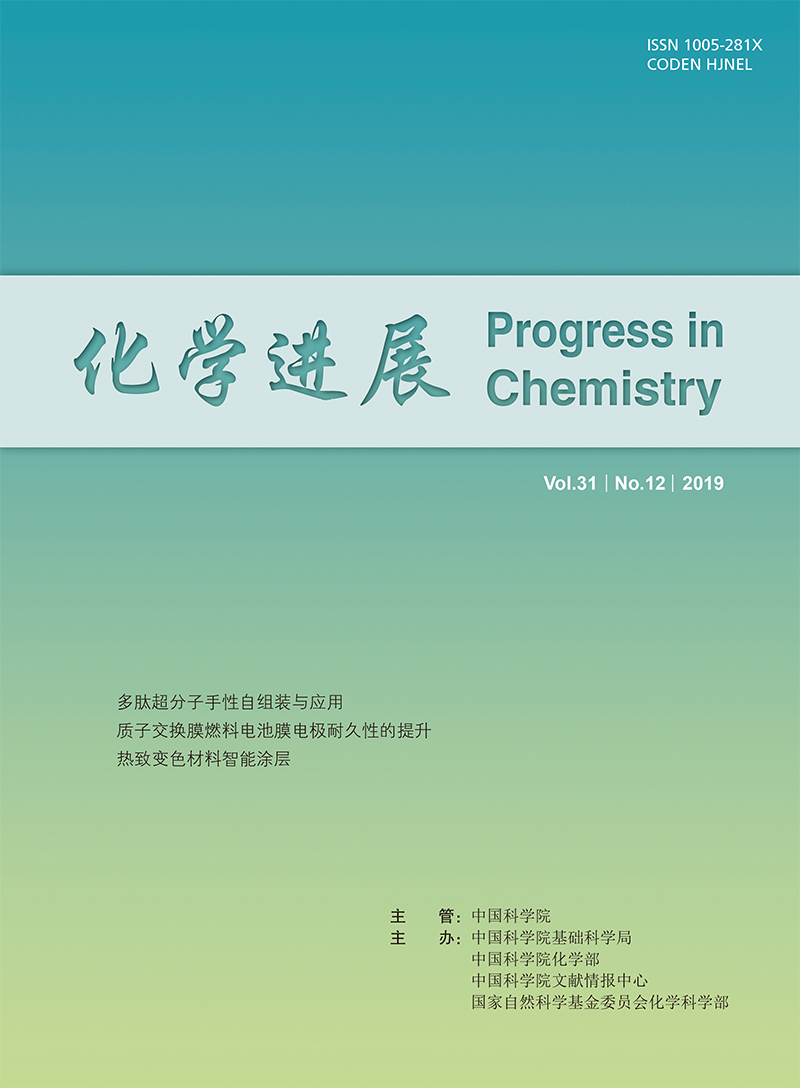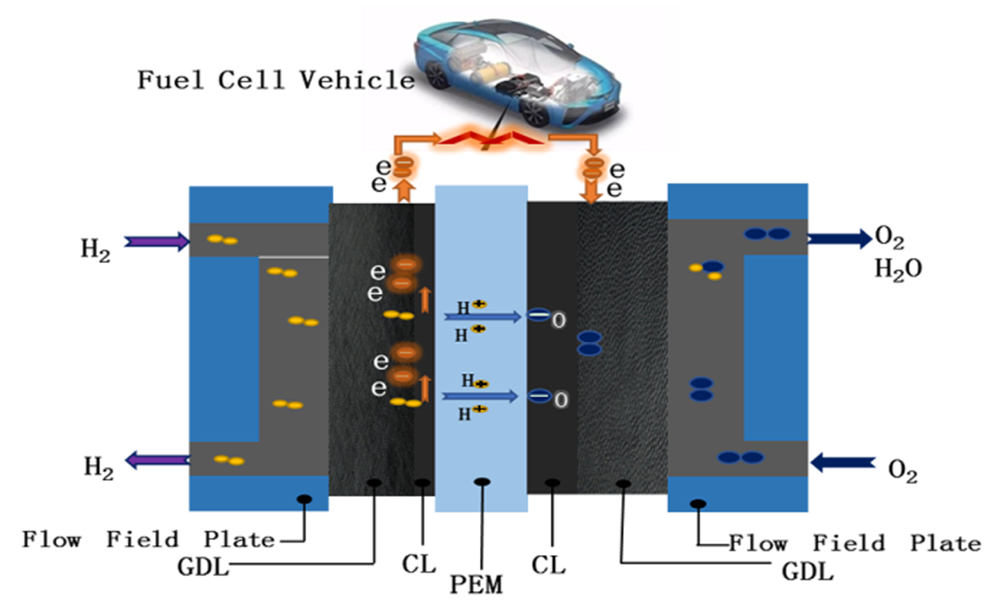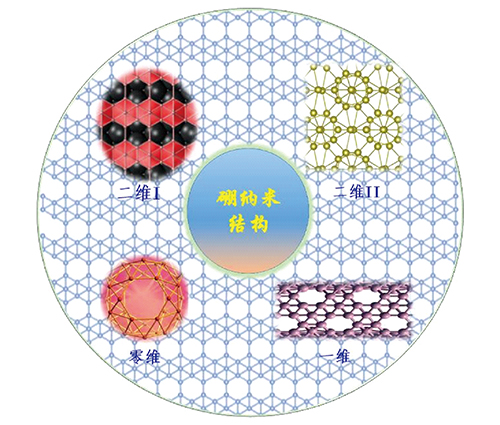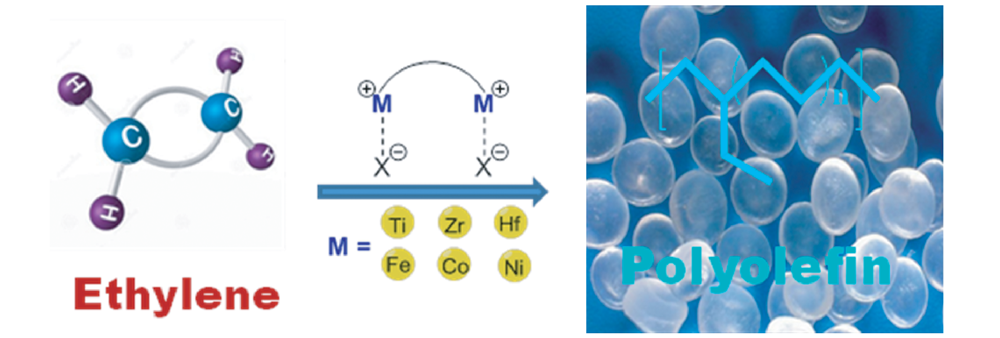Daiwu Lin, Qiguo Xing, Yuefei Wang, Wei Qi, Rongxin Su, Zhimin He. Supramolecular Chiral Self-Assembly of Peptides and Its Applications[J]. Progress in Chemistry, 2019, 31(12): 1623-1636.
Chiral self-assembly of peptides is an important way to prepare chiral nanomaterials, including nanohelices, nanotubes and chiral hydrogels. The self-assembled chiral nanomaterials with unique biological and optical activities have important applications in the fields of biology, chemistry, medicine and materials science. Although many chiral nanomaterials have been designed and synthesized based on the self-assembly of peptides, the precise control of their chiral assembly process and their chirality is still a challenge. This paper focuses on the design of peptide molecules and the regulation strategies for peptide chiral self-assembly, including the regulation of internal factors such as the amino acid sequences and configuration of polypeptide molecules, and the regulation of external factors such as pH, solvents and additives. Moreover, the applications of peptide-based chiral nanomaterials in the fields of chiral catalysis, chiral sensing, template synthesis and chiroptics are also reviewed.
















